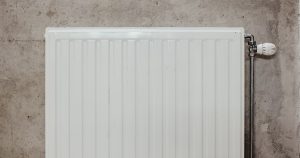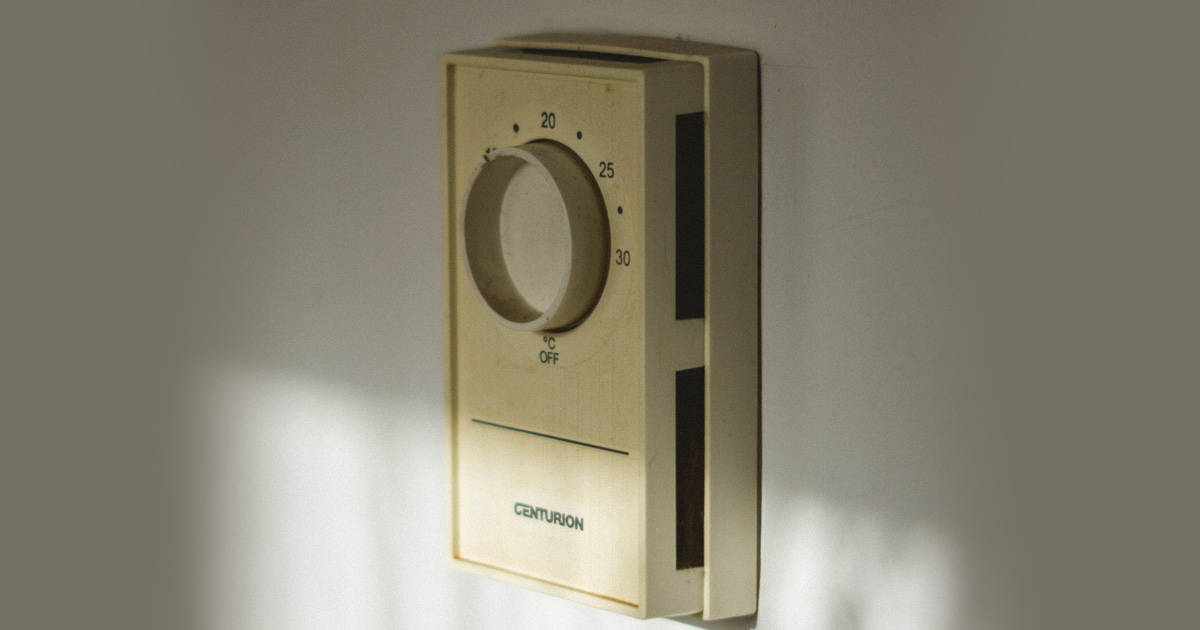We rely on our heating systems both in the house and at work, especially in the winter months. But are they as efficient as they can be? Are you heating an empty house or heating rooms that are largely unoccupied? Longer-term monitoring of these environments will help you make the most economical heating choices and ensure your heating system works as it should.
 People work best between 16°C and 24°C and using a data logger to monitor the temperature will ensure that you are not over or underheating your workplace, while ensuring a comfortable environment for your employees.
People work best between 16°C and 24°C and using a data logger to monitor the temperature will ensure that you are not over or underheating your workplace, while ensuring a comfortable environment for your employees.
Should you use a timer or a thermostat to control your heating? In fact, most studies conclude that using the thermostat to control your ambient environment is not very efficient. Don’t tweak the dial. Use a timer to turn the heating on when you’re in and off again when you’re gone. A remote temperature data logger will allow you to view that temperature even if you’re away, from any internet-enabled device, to make sure you’re not heating an empty space.
And lastly, if you’re keen to ensure that your heating systems are not emitting any harmful emissions, use a Carbon Monoxide data logger to track CO output from your boiler. Carbon monoxide is produced when there is not enough oxygen to bond with carbon-producing compounds (it is the incomplete burning of gas or LPG). It occurs naturally but, in enclosed spaces like the home or workplace, it is usually the result of faulty gas appliances like heaters, boilers, and fireplaces.



